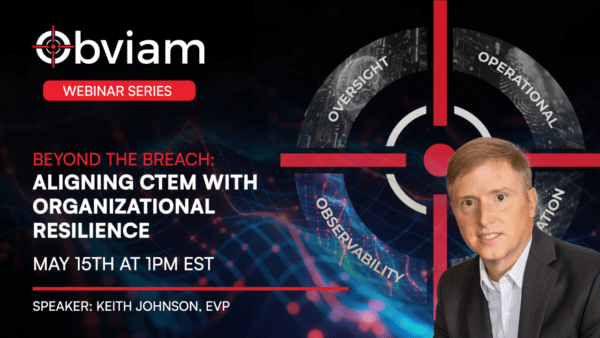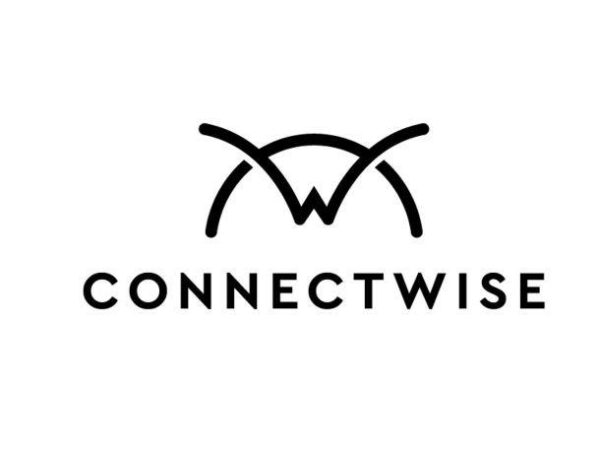Cybersecurity Awareness Month is an opportune time to acknowledge the many digital dangers that can impact your dealership and your customers’ businesses.
Are you thinking about cyberthreats during Cybersecurity Awareness Month? If not, you should be. As noted on the Cybersecurity Awareness Month website, “Cybersecurity Awareness Month is a collaboration between government and private industry to raise awareness about digital security and empower everyone to protect their personal data from digital forms of crime.” This represents an excellent opportunity for you to forge close relationships with your customers around cyberthreats.
Think about the potential threats and just how vulnerable a customer may be. The threat arrived on your customer’s server as an ordinary email calendar invite for a conference call a few weeks away. It relaxed benignly until the server was powered up following standard end-of-month maintenance. Then, when the date on the invitation arrived, all the files on the server and the cloud disappeared. The company’s CEO received a terse email: “Your files and data will be delivered intact upon payment of $125,000.” Instructions followed.
Such ransomware is one thing. Then there are DoS (denial of service) attacks which lock all computers and devices on a network out of the internet and business email compromise hacks that let outsiders pose as customers to scam goods or money. All are rooted in the reality that your dealership and especially its customers are prime targets for cybercriminals and other bad guys.
What’s a dealer to do? Hold that thought.
Cyberthreat Prevention Lesson #1: The MFP Problem
More deeply hidden is that the laser printers you have placed in customers’ businesses can be a conduit for viruses and other attacks.
“A significant number of dealers are oblivious to a potential risk on their customers’ networks—the printers,” said Jenna Miner, channel development manager at ConnectWise. She cited a study by Cybernews that found thousands of laser printers providing access points to companies and all their files. The study accessed nearly 28,000 printers (a sample drawn from over 500,000 that were open to the world) and printed PDF files accessible from those printers. To put this in context for your dealership, imagine if a few hundred of the MFPs and printers you have sold or leased were similarly accessible. Your customers might be displeased. How would you react?
The printers such as those in the Cybernews study were connected to customers’ network servers and the internet. Such targets are among the leading access points for anyone seeking to do harm for fun and profit. How? Because many MFPs, by default, access the servers they connect with and stake claim to a unique IP address that can grant outsiders access to the network. I recently bought two MFPs from different companies and had to disable this default setting on one device. The other provided a menu of connectivity options that let me feel a little bit safer.
Another question arises if you provide IT services to customers: Is your network sufficiently protected?
Remember, you are connected to your customer and the internet, so a cyberthreat can arrive from either place. But you didn’t dodge the bullet. The intrusion got in from the printer in your demo room. How?
Cyberthreat Prevention Lesson #2: Got Endpoints?
Printers and MFPs often become what are termed “endpoints” in a network, places that can be open to intrusion. A bad guy can break in with a few keystrokes—even from a customer’s parking lot, while sipping a Red Bull and eating nachos.
Microsoft defines endpoints as physical devices that connect to and exchange information within a computer network. These can be mobile devices, computers, printers, and servers. Then, there are IoT (internet of things) devices such as cameras, door locks, lighting, security systems, and thermostats that are attached to networks, often without the knowledge of the IT department. Entering through endpoints, attackers can execute code and exploit vulnerabilities, especially where there are assets to be exfiltrated or leveraged. Assets like those in your customers’ accounting or HR departments.
“HR departments are targeted because they handle sensitive personal employee data,” said Mike Betsko, senior director for marketing and solutions at Canon U.S.A. “Financial departments are often targeted for potential monetary gain. Think of fraudulent transactions, accessing financial records, or compromising accounts. This department can be an attractive target.”
The access point? There was an open endpoint on a color laser MFP in the accounting department.
“Threat actors will always find the weakest link,” affirmed Bob Lamendola, senior vice president of technology and head of Ricoh North America’s Digital Services Center. “Impersonating HR is a common tactic because of the established employee relationship. Hackers try to dupe a target into giving them personal information.” Such a ploy might go, “Please update your employee information. We’re looking to make sure our records are current and please include your contact information to make sure we can call you back.” Sounds legit, right?
More disturbing is that “There no longer seems to be any pattern in the types of organizations targeted,” noted Huw Evans, director for security services at IT Weapons, a division of Konica Minolta. “It would seem that any company or business with weak security is the most likely targeted.”
This is backed up by ConnectWise’s Miner. Rather than singling out the most vulnerable department, they identify the data of highest value to an organization. “Bad actors often share a similar perspective in their targeting approach,” she emphasized.
So how do we make customers more aware of the risks?
Cyberthreat Prevention Lesson #3: Create Smart Customers
“Companies and their employees don’t always understand the magnitude of cyberthreats,” noted Ricoh’s Lamendola. “There’s a lack of understanding or education among employees and companies. Dealers’ customers have to understand that an intrusion can access business secrets, financial data, and customer records. This is information that can bring a business to its knees.”
While most of your customers are aware of cyberthreats, they often have little idea of how vulnerable they may be. The onus is on office technology dealers to educate them. As a supplier of office technology (and maybe those pesky endpoints), you must discuss the cyberthreats with your customers and encourage them to face up to cybersecurity risks. Echoing Lamendola, your conversations should highlight the long-term business impact cyber intrusions can cause.
Begin by educating customers about cybersecurity best practices such as regular software updates, strong password management, and awareness of phishing attacks. Next, help customers configure their office technology with security in mind. This may include network segmentation, multifactor authentication (MFA), and firewall settings. Finally, some dealers can offer to integrate security solutions such as antivirus software, intrusion detection systems, and endpoint protection to provide a comprehensive defense against cyberthreats.
That’s the nuts and bolts stuff. You may already have some of this in your house. Go further. “Office technology dealers can encourage customers to take cyberthreats seriously by sharing real-world examples of recent cybersecurity incidents and their widespread impacts. This can help customers understand the risks involved,” said Canon’s Betsko. He suggested tailoring recommendations to a customer’s industry or business needs. This may require a personalized approach, such as offering ongoing monitoring, updates, support, and helping reinforce the notion that cybersecurity is an ongoing and critical effort that requires continuous attention. Such constant vigilance can ultimately make cybersecurity a habit, rather than a fire drill or exception processing.
Cyberthreat Prevention Lesson #4: Don’t Work Without a Net
Be sure to document everything you tell your customers in a PDF or hard copy. This can encourage a customer to take action. If your dealership cannot provide cybersecurity services, encourage customers to engage with businesses that can, perhaps one of your OEMs or a local IT provider. For example, Ricoh and Konica Minolta have strong cybersecurity support and Sharp and ConnectWise have joined forces to provide peace of mind through ConnectWise’s Security Information and Event Management (SIEM). No matter which resources you use, your customer is better protected—and may even remember you helped them.
While a customer may not place your company directly at fault if an internet security breach occurs, a good lawyer could make your firm seem culpable, simply by asking what you know about cyberthreats and endpoints, and why you didn’t discuss these with your customer. This is why you must document all you do for a customer regarding cybersecurity.
Make your company invaluable to your customers by helping them ensure all their computers, printers, and networks are protected against the desires of those who would do harm. It’s too late when your phone rings.




